Aluminum radiator profiles
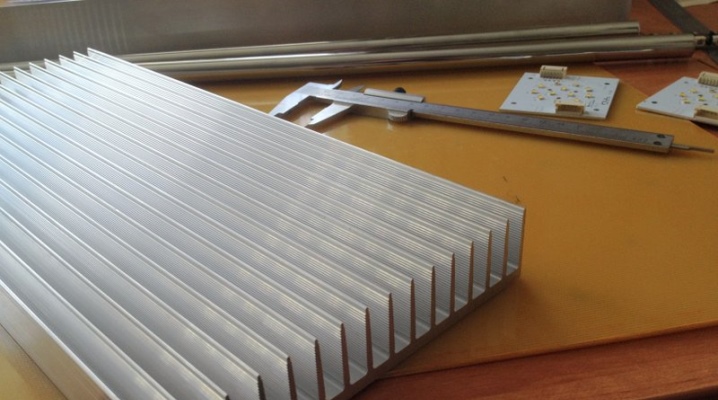
Aluminum is one of the most demanded metals in various industries. The most widely used aluminum radiator profiles.
What it is?
Aluminum profiles are produced by extrusion (hot pressing) from aluminum alloys according to specified dimensions and cross-sectional shape.
The advantages of this metal are its light weight and the ability to withstand rather heavy loads. It is durable, not afraid of moisture, tolerates high temperatures well, and does not deform and does not emit harmful substances, that is, it is environmentally friendly. It lends itself to processing and retains its functions for a long time (on average 60-80 years).
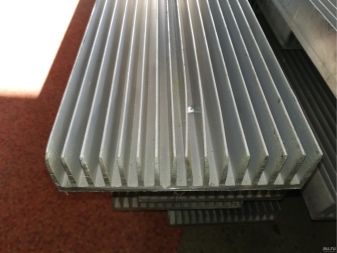
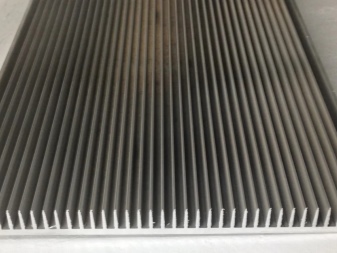
The aluminum radiator profile is used for efficient cooling and removal of excess heat from any electrical and radio components, welding machines, LEDs of different power. This happens due to the high thermal conductivity, which allows the profile to transfer the heat received from the operating element to the external space.

Convection in the air cools the radio component, thereby maintaining a normal operating temperature, extending the service life and ensuring smooth operation of the entire device.
Structures are designed for efficient heat dissipation both in passive mode (without a cooling fan) and in active mode (with forced cooling). This result is obtained by a ribbed surface, which significantly increases the heat transfer area.

The electrotechnical profile is intended for the manufacture of parts for heat exchangers, air conditioners and other equipment, mainly for industrial enterprises.
Features of production allow you to create profiles of any shape. To increase the thermal conductivity of a specific element, a special drawing is being developed. The efficiency of the part cooling process is determined by the heat dissipation area of the radiator and the speed of air passing through it.
Aluminum radiator profiles are overhead, corner, suspended and built-in. Manufacturers offer a huge selection of profile shapes: square, rectangular, round, H-shaped, T-shaped, W-shaped and others.
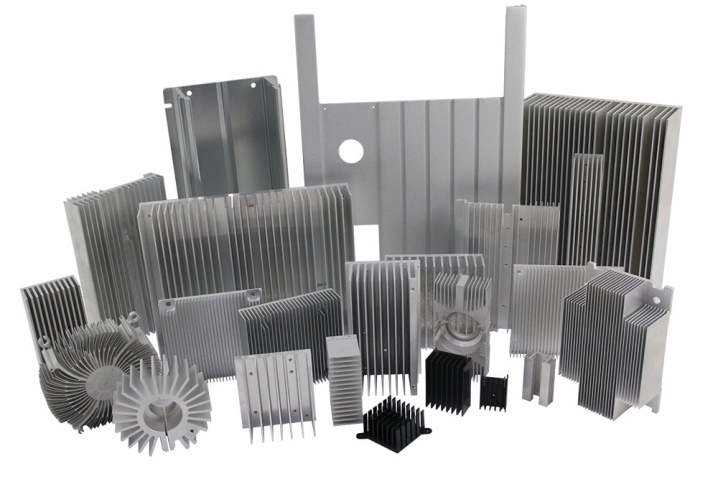
The standard length of the whip is 3 meters. Can be uncoated or anodized or blackened. Profile markings indicate the depth of the fins and heat sinks. The higher the height of the fins, the more efficient the heat transfer.
Applications
Due to the fact that aluminum is a weakly magnetic substance, electrical profiles are used in switchgears, processors, control chips. All devices that generate heat during operation require the installation of cooling radiators.
This group includes computer equipment, power amplifiers, welding inverters.
Aluminum profiles are used for:
-
cooling microcircuits;
-
installation of any LED systems;
-
passive cooling of power supplies, including drivers and voltage stabilizers.

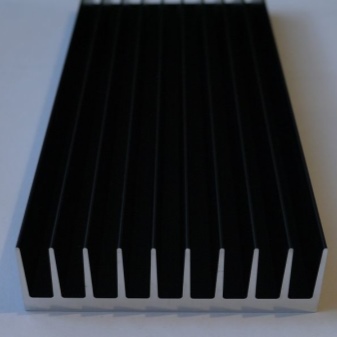
The most widely used radiator profiles for LEDs. Although LED strips are considered cold light sources, they are not. Their heating is high enough for the lamp to fail. The aluminum profile acts as a passive heat sink, increasing the heat transfer area and reducing heating.
Mounting the tape on a profile increases its service life. Manufacturers of LED strips recommend installing all strips with a power of 14 watts per meter or more on an aluminum radiator.
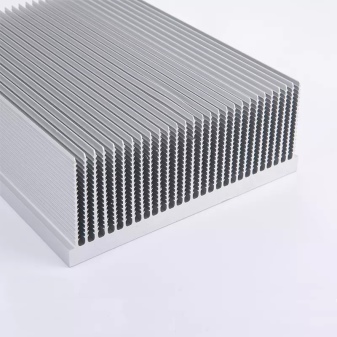
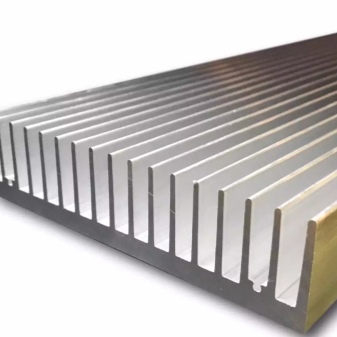
You can use a radiator profile when creating interior lighting, lighting terrariums and aquariums, creating phyto-lamps to improve plant growth.
Mounting options
There are several installation methods. Most often, fastening is carried out on a universal glue or silicone sealant. Installation on self-tapping screws is also possible. The LED strip is attached to the adhesive on the back of the strip.
Spring-loaded clamps and screw mechanisms are used to secure the CPU and GPU. A fan for blowing is mounted on the radiator itself.
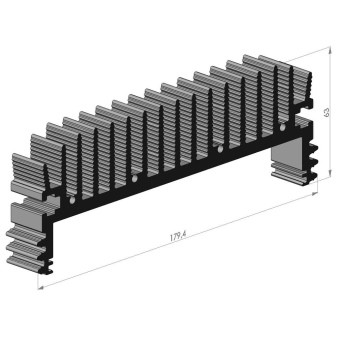
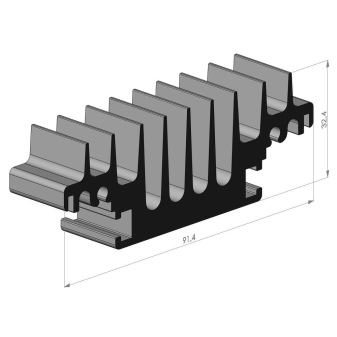
The third method is hot-melt glue mounting. It is used to install transistors for power converters (if there are no holes in the board). Glue is applied to the surface of the transistor, the radiator is pressed against it with an average force for 2-3 hours.
The same method can be used when equipping an aquarium with LED lights. LEDs are attached to the profile with hot melt glue. It can also be fixed with screws through heat-conducting paste. If necessary, you can connect fans where the profile ribs are. In this case, the cooling will be much more efficient.
Aluminum radiator profile is a structural material that is necessary and useful in a wide variety of industries.
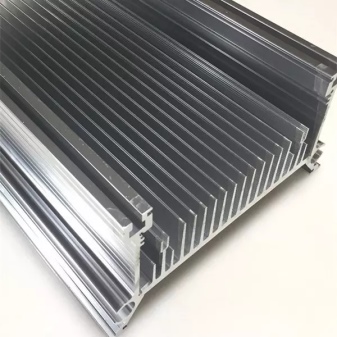
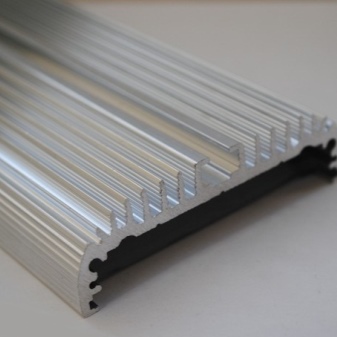













The comment was sent successfully.